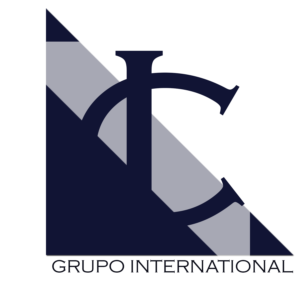As a matter of communication, everything that exists in the world is given a name (by which we are identified), so we must take care of it.
In every situation we live, we come across brands. When a person goes looking for a product, they are actually looking for the brand that they already know, and it is from this brand that price, size and quality comparisons start.
It doesn't matter the size of your business. Invest in the brand. One day it will be worth more than your company.
Trademarks can be of:
Product: The one used to distinguish an identical, similar or akin product, of diverse origin. Example: Coca-Cola (soft drink), Veja (magazine), Omo (washing powder);
Service: used to distinguish identical, similar or akin services of diverse origin. Example: Embratel (Fixed Telephony), Varig (Airline), Bradesco (Financial Services);
Collective: The one used to identify products and services that come from members of a certain entity;
Certification: The one used to certify the conformity of a product or service with certain norms or technical specifications, notably as to quality, nature, material used, and methodology employed.
They are presented in the following modality:
Nominative: This is that which is made up of one or more words in the broad sense of the Roman alphabet, also including neologisms and combinations of letters or Roman and Arabic numerals;
Mixed: The combination of nominative and figurative elements, or of nominative elements, whose spelling is presented in a stylized form;
Figurative: is that constituted by drawing, figure, or any stylized form of letter and number, alone;
Three-dimensional: Is that constituted by the plastic form of the product or packaging, whose form has distinctive capacity in itself and is dissociated from any technical effect.

